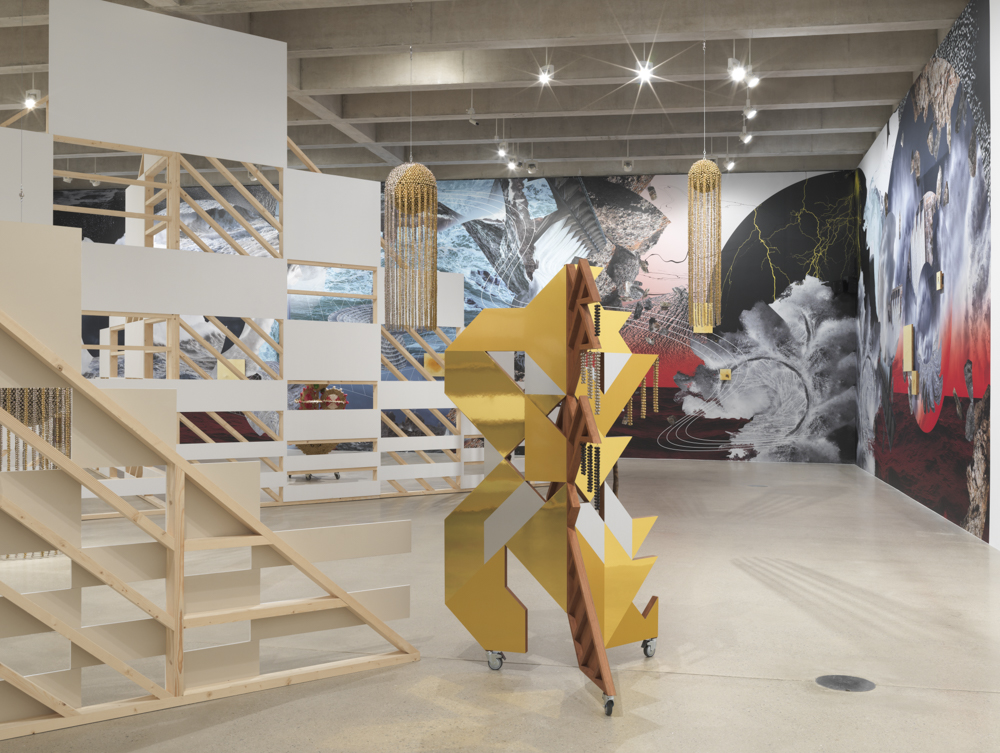
CATEGORY
Diversity/ Inclusion | ParticipationYEAR
2021DURATION
1.5 hoursLOCATION
OnlineFORMAT
Virtual pre-recorded exhibition tour and curator Q&A, taking place on Zoom. Pre-booked event for existing Look Group members from across Cornwall.WEBSITE
TARGET
Founded by Tate St Ives in 2009, the idea behind the Look Group network has always been to create and sustain small community groups with a shared aim from one end of Cornwall to the other. The aim is to enliven conversation about art in a supportive self-led environment, while working with Tate in new and exciting ways. The larger ambition of Look Groups is to encourage more people into informal learning, specifically, opportunities connected to learning around the visual arts outside of the gallery. Through meetings, members learn how to access different learning resources, such as online archives, in new places, in new ways and at flexible times. An important part of the project is enabling groups to connect with each other, widening discussions beyond individual groups. Look Groups have a Facebook page, which allows groups to share ideas and continue discussions with a wider network, as well as with Tate nationally.
During the Covid-19 pandemic, many Look Groups were forced to stop meeting or find other ways to connect through digital means. This event was the first online Tate-led session offered to Look Groups in response to the barriers of meeting in real life. The aim of the event was to enable Look Group members to access art and discussions about art where lockdown and their rural location made this difficult, to learn something about the artist Haegue Yang and the subject matter of her Tate St Ives exhibition, and to feel encouraged and empowered to contribute to a discussion around her work. Following the event, members would be better equipped / more confident to access online events in future and groups could also choose to hold their own follow-up meeting independently, either online or in an alternative way.
The online session was designed to work according to the same principles as previous Look group activity – supportive and open, with a discursive approach, collaborative while championing individual contribution, and moderating an inclusive environment and easy for all members to access. Participation (primarily through discussion) would be encouraged and enabled, and the programme would be enhanced by collaboration between Tate colleagues.
The event was co-hosted by an Assistant Exhibitions & Displays Curator and an Artist Educator, with support from an Assistant Learning Curator and Learning Specialist. A pre-recorded film of the exhibition was shared and key themes in Yang’s work were explored with an opportunity for Look Group members to contribute and ask questions. The event began with an online Zoom session presenting pre-recorded film content of the Haegue Yang: Strange Attractors exhibition, with commentary from the Assistant Exhibitions & Displays Curator. These insights into the exhibition were packaged into four parts (each between 2 and 5 mins long) looking at different aspects of the show:
1: Strange Conversations – exploring the imagined relationship that Yang created between herself and three other artists: Li Yuan-chia, Barbara Hepworth and Naum Gabo, and more broadly at what it might mean to create conversations between artists from different places and time periods.
2: Strange Materials – looking into Yang’s use of unconventional materials, including industrial components, household objects, embroidered yarn, artificial straw, ritualistic bells and the insides of security envelopes.
3: Strange Climates – delving into Yang’s interest in the meteorologist Edward Lorenz, and the incorporation of his ideas around weather systems, chaos and ‘strange attractors’ into the large-scale wallpaper piece Non-Linear and Non-Periodic Dynamics, 2020.
4: Strange Unfoldables – exploring the physical, conceptual and emotional significance of clothes drying racks and other everyday objects in Yang’s practice, particularly in relation to the notions of folding and unfolding.
Following each section, the Artist Educator facilitated conversation and interventions from participants to open up conversation and thinking around the subject, enabling Look Group members to actively engage with the dialogue and develop new knowledge. The Zoom chat box was also open as a tool to support this dialogue. As the Zoom session was fully booked, the event was also streamed to the private Look Group Facebook group, and Facebook Live chat was also monitored to draw into the session.
LINKS
FILES
AUDIO







